supply side platform (SSP)
There’s an old song that goes “the knee bone’s connected to the thigh bone, the thigh bone’s connected to the hip bone,” and so on. It’s a fun take on how the human body relies on an array of parts working together. The same goes for programmatic advertising—it’s not one technology, but many that connect to automate the ad selling and buying process.
One of the key “bones” is the Supply Side Platform or SSP. It’s a crucial tool enabling publishers to offer their inventory to advertisers. But it really only does its job if it’s connected to a Demand Side Platform or DSP that advertisers use for buying. Together, they form the core of programmatic advertising.
How It Works
So, What is an SSP?
An SSP is a platform used by digital publishers to sell, manage and optimize their advertising inventory. Publishers access SSPs via dashboards that track inventory placements, formats and sizes, price per impression, and more. Because the SSP makes ad inventory available to a wide array of possible buyers, publishers can attract the right buyers and maximize revenue.
How SSPs Work
As mentioned above, an SSP needs to connect to a DSP (sometimes via an ad exchange) to actually make publisher inventory available to advertisers. Together, they form a marketplace. The DSP “shops” impressions on the SSP based on an advertisers’ audience and performance goals. The SSP provides data to help the DSP find the right inventory. Once the DSP and SSP connect over an opportunity, the DSP bids and, if it wins, buys the impressions. This entire exchange happens in the time it takes for a user to click a page and for that page to open.
The SSP Advantage
Top 5 Reasons to Use an SSP
Increase Fill Rates
SSPs are up to the challenge of answering all ad requests, and making sure inventory goes to the highest bidders. This adds up to increased revenue.
Brand safety
SSPs help publishers screen advertisers that aren’t a fit for their editorial context. This protects the inventory value of a publisher’s site.
Revenue optimization
Before SSPs, publishers often sold unfilled ad space at throwaway prices simply to fill inventory. With an SSP, they can set price floors on slots, to maintain higher revenue.
Expanding Ad Reach
Ad fatigue is real. An SSP allows publishers to easily adjust inventory price points to draw in new advertisers, drive up inventory value and provide audiences with new ads to shop.
Frequency Capping
Another way to prevent consumer ad fatigue. You can set frequency caps through your SSP. Publishers can also use the SSP to collect user feedback on ads to better serve users and help advertisers target more precisely.
Top 5 Things to Look for in Selecting an SSP
It’s DSP connections
The best SSPs connect to as many DSPs, ad exchanges and ad networks as possible to expand your pool of buyers. But quantity isn’t everything. You’ll want to make sure the DSPs are reputable, and that your SSP lets you build the black and whitelists protect your brand, too.
Multiple buying options
Not all advertisers bid and buy the same way. Selecting an SSP that supports header bidding, real-time bidding and SDK mediation creates more selling opportunities across your inventory.
Robust reporting
Reporting is key to providing you with the insights that help determine the true value of inventory. Your SSP dashboard should bring all the key stats together in one place: CTRs, fill-rates, total clicks, etc.
Ability to support a wide-range of ad formats
You want an SSP that can support every ad format your site offers. Otherwise, you can’t sell all your inventory and advertisers have less options for their campaigns.
Pricing controls
As mentioned above, price floors dictate minimum prices for inventory. With the best SSPs, you can set “hard” and “soft” price floor options tailored to whether it’s a new advertiser is bidding versus a repeat customer.
The Bottom Line
SSPs are vital tools for publishers looking to gain more control over their inventory and drive more revenue opportunities. Google, Rubicon Project, AppNexus, OpenX and Criteo are some of the big names in SSP tech overall; Kargo is a top player in the mobile SSP arena. If you want to learn more about SSP tech, we’re here to help.
Suggested Articles
For more information regarding DSPs, please reference the following:



